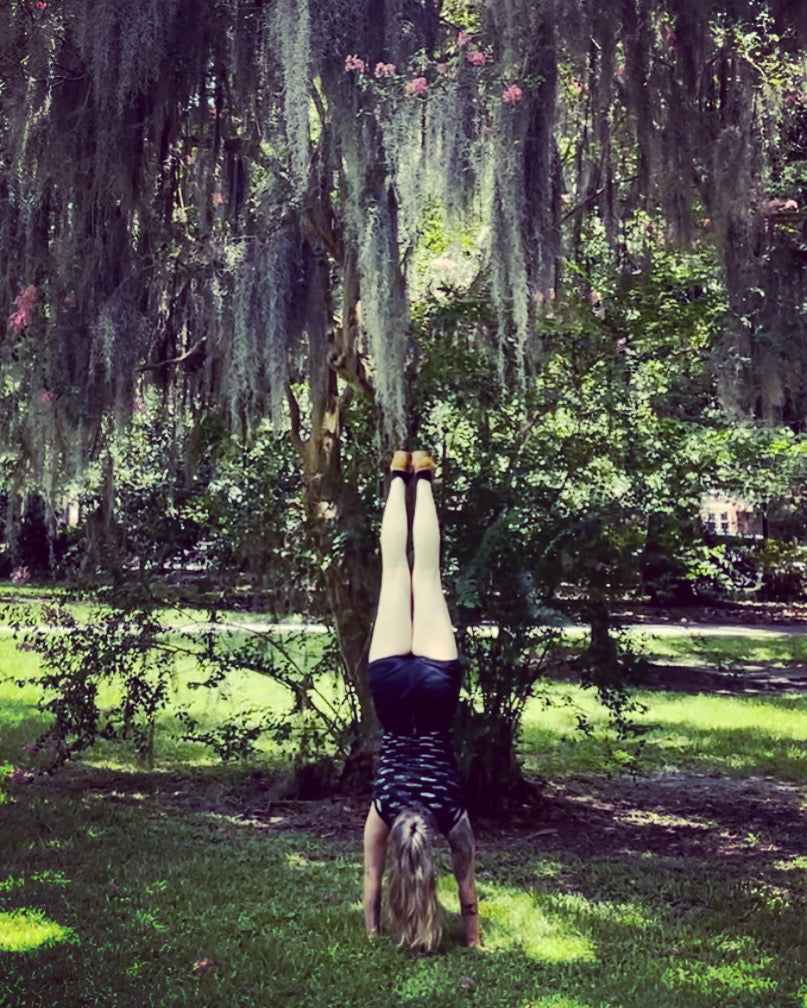You are having a conversation with a friend/loved one. They are not directing their stream of thought towards you. Their topic of conversation is not even about you but you start to feel uncomfortable. You get this defensive posturing. Your head starts to feel hot, your stomach tightens up and you begin to fidget. You’re getting frustrated that they are still talking on the subject and aren’t aware of how it is affecting you. So you blurt out something that completely takes them off guard and suddenly you realize that you are in the throngs of experiencing Shempa.
According to Buddhist Nun, Pema Chodron, Shempa is a term for the sticky quality of a thing, the trigger, a sudden reactivity to something outside of you that registers an unresolved conflict, limiting belief or a recollection of an unprocessed trauma within you. One of the telltale signs of Shempa is that typically it is not based on the present moment. Something in the present is triggering that unresolved thing from the past.
As uncomfortable as it is, it is a powerful and constant teacher. As long as we are feeling human beings, we will always have experiences with our Shempa. The more we become in-tune and more deeply aware of ourselves, the more we recognize our personal Shempa experiences throughout the day.
Although feeling Shempa is uncomfortable, perhaps even more challenging is what to do with the feeling. We should not run from it, we should not try to numb it out and initially we should not try to dissect it. We sit in the feeling and witness ourselves in the moment with full awareness and full presence. In this practice it becomes easier to recognize, easier to choose how we wish to process and we become less and less controlled by the sensation. In that state we can control the outcome instead of being driven by the desire to dispel the discomfort, which ultimately just pushes the thing being triggered back down into the inner recesses of the mind, only to jump out perhaps more aggressively when it is touched again in the future. And oh it will be triggered again and again until we learn from it.
So how do we learn to use our triggers as our teachers? First of all know that we all experience Shempa on a very regular basis. Second, sit with the discomfort. Observe how it affects you physically. How does it shift your emotions, where did your mind go? Often our thoughts initially move into a space of wanting to change the narrative of what is being experienced. But the practice is to be as fully present, without pushing away the moment and observe with an open heart. Finally when the Shempa feeling itself dissipates, ask yourself, what was triggered, where did the root of that reaction come from? Should I just sit with this or is there deeper work that needs to take place? Is it helpful to process this triggered moment with the person that I am with? Are they open and willing to hold non-judgmental space?
Welcome the powerful teacher of your Shempa. She’s a constant in all of our lives and she is an effective and efficient bridge to knowing yourself on a deeper level and to achieve greater liberation in your being and in your life.

